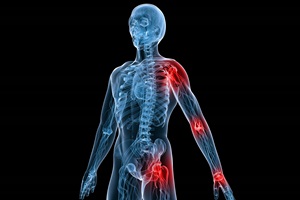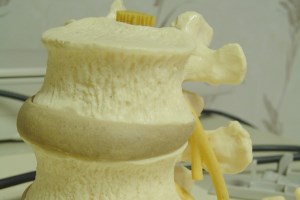Staying Healthy at the Office

When you work in an office job—even one that’s otherwise rewarding—it’s easy to feel trapped in a day-to-day pattern that doesn’t seem to leave much room for physical exercise or healthy eating. And this is true even though more and more Americans are becoming aware that sitting for long periods of time, often without a break, is hazardous to your health.
The simple truth is that they’re right to be concerned. One study conducted in 2010 indicated that “men who reported more than 23 hours a week of sedentary activity had a 64 percent greater risk of dying from heart disease than those who reported fewer than 11 hours a week of sedentary activity.” And yet the nature of office work is essentially sedentary. So what can you do to change that fact and improve your health? This article lists a number of suggestions that may help.
- Eat breakfast. Studies have shown that workers who eat breakfast have better concentration than those who only drink coffee in the mornings. In addition, those who eat breakfast tend to eat less during the day than those who do not, and thus more easily avoid gaining weight.
- Bike or walk to work. If you live close to work, biking or walking can provide much of the exercise you need each week, and you can arrive at work feeling more energized after spending some time in the fresh air. If you take public transportation to work, consider getting off one or two stops earlier and walking the rest of the way.
- Take frequent short breaks. Even if you take a longer break for lunch or to go to the gym, sitting for long, uninterrupted periods of time can still be hazardous. Studies have shown that taking micro-breaks (getting up from your desk and moving around every 15 minutes or so) can be more valuable than taking a longer break only once a day.
- Use the stairs. Why ride in a stuffy metal box with 10 other people when you could get a little healthful exercise?
- Drink lots of water. Experts recommend you drink 4 to 6 glasses a day to keep yourself hydrated and healthy. If you have to get up to refill your glass from the drinking fountain or the refrigerator, that’ll also provide an opportunity for another micro-break.
- Don’t forget about fresh air. Offices can often be stuffy and under-ventilated. If possible, open a window near your desk. If not, be sure to take occasional breaks outside the building, even if only for short periods of time.
- Bring a healthy lunch and snacks from home. Rather than eating in the cafeteria, make a healthy lunch at home and sit outside when eating it. Instead of eating sugary snacks from vending machines, bring fruit and nuts and snack on them.
- Think ergonomically. Adjust your chair to fit your body and sit with your feet flat on the floor. Position your computer monitor at eye level and your keyboard at elbow level, so that your wrists are straight when you type. Move your whole arm when you use the mouse, not just your wrist.
- Stretch at your desk. You may not be able to jog or do push-ups at your desk, but you can certainly stretch and release tension from your arms, neck, shoulders, and fingers.
- Exercise before you go home. After a long day at work, many people get home and just want to sit down on the couch and relax. If you are a member of a gym or jog regularly, doing this directly after work will improve the likelihood that you’ll actually exercise.








 Everyone deals with stress in their lives. And—in small doses—this can be a very good thing. Manageable amounts of stress can actually help you perform at your best and may even help you develop your abilities. However, far too many of us are stressed to the point that our health and well-being could be compromised.
Everyone deals with stress in their lives. And—in small doses—this can be a very good thing. Manageable amounts of stress can actually help you perform at your best and may even help you develop your abilities. However, far too many of us are stressed to the point that our health and well-being could be compromised.